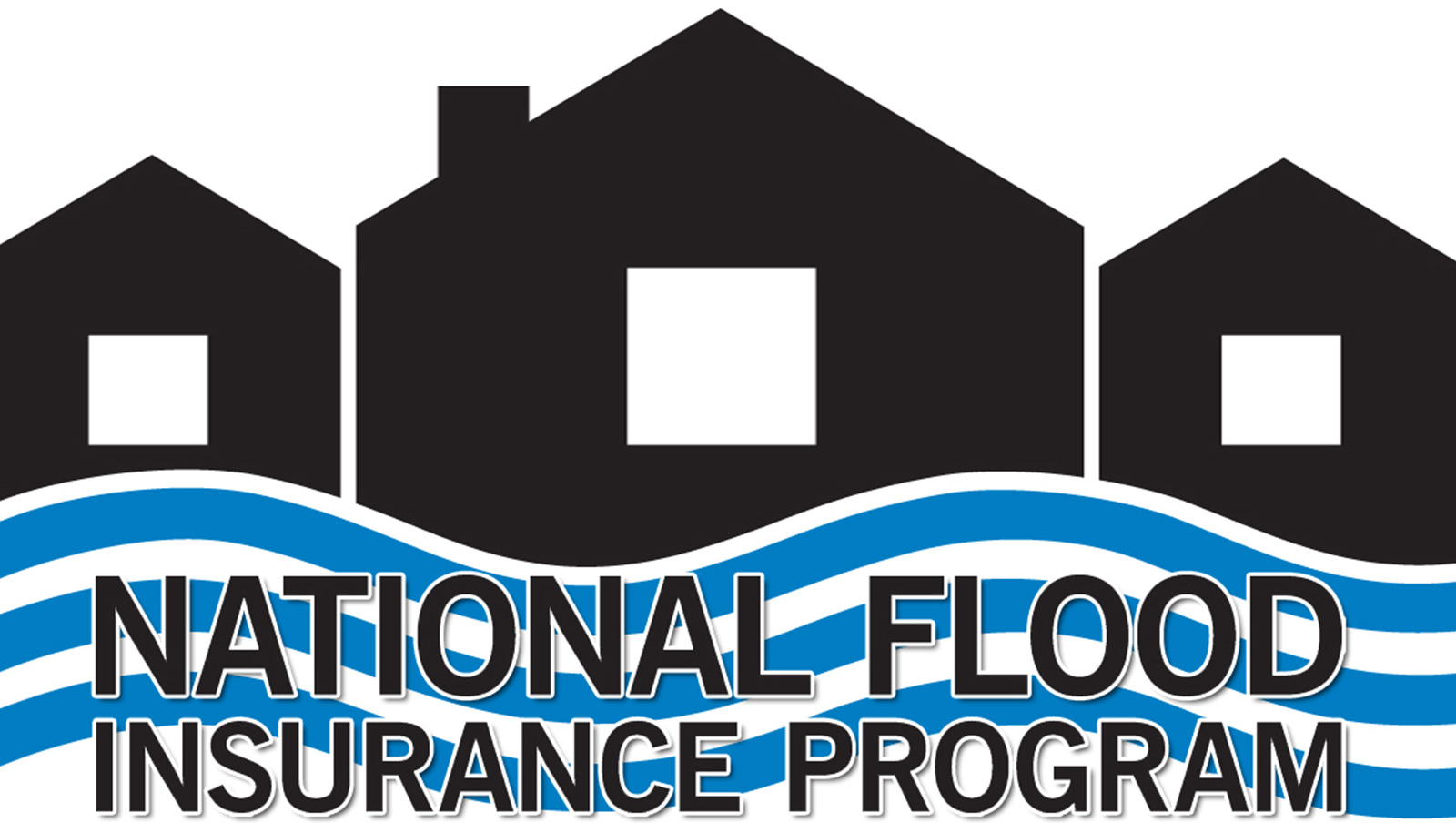Are you curious about the intricacies of the National Flood Insurance Program (NFIP)? This essential federal initiative is designed to provide affordable flood insurance and promote effective floodplain management.
In this post, we’ll explore the mechanics behind floods, eligibility for NFIP, the valuation of flood damages, and the factors that can affect compensation. We’ll also guide what policyholders should do in the event of a flood and outline the coverage provided by flood insurance.
WHAT IS THE NATIONAL FLOOD INSURANCE PROGRAM (NFIP)?
The National Flood Insurance Program (NFIP) is a federal initiative established in 1968 to provide affordable flood insurance to property owners, renters, and businesses in flood-prone areas.
Managed by the Federal Emergency Management Agency (FEMA), the NFIP aims to reduce the financial burden of flood damage on individuals and communities while also encouraging floodplain management practices to minimize future losses.
UNDERSTANDING FLOOD DAMAGE
To fully grasp the significance of the National Flood Insurance Program (NFIP), it's crucial first to comprehend the mechanics behind floods. A flood occurs when water surpasses its regular boundaries and encroaches onto previously dry land.
This can happen for various reasons, including copious amounts of precipitation, swift snow melting, or even the failure of a dam. The aftermath of a flood can be nothing short of devastating, causing immense destruction to homes, public infrastructure, and natural surroundings.
The NFIP was created to recognize the severe financial and emotional toll flooding can have on affected individuals and communities.
ELIGIBILITY FOR THE NFIP
The National Flood Insurance Program (NFIP) seeks to provide coverage for property owners, renters, and businesses across the country who are deemed eligible for flood insurance.
Participation in the program is contingent upon a community's adoption and enforcement of floodplain management regulations, which can help mitigate future flood risks. In exchange for their cooperation, communities can access essential federal resources for floodplain mapping, hazard mitigation, and recovery assistance after a flood.
By supporting community resilience, the NFIP helps improve the nation's ability to respond to natural disasters and protect vulnerable populations from harm.
FLOOD INSURANCE COVERAGE
Flood insurance provided by the NFIP covers both the structure of a building and its contents. This includes damage caused by floodwaters entering the building, as well as damage resulting from mudflows (commonly known as mudslides) that are caused by flooding.
However, it’s crucial to note that not all types of damage or losses are covered by flood insurance. For instance, damage from sewer backups, mold, or moisture-related problems unrelated to a flood event may not be covered.
The NFIP also offers additional coverage options for certain types of properties, such as condominiums, businesses, and homes located in areas with high flood risk. Policyholders have the flexibility to choose the level of coverage that best suits their needs and budget, provided they meet the program's requirements.
VALUATION OF FLOOD DAMAGES
What is the Replacement Cost Value (RCV) Method?
The RCV method considers the cost of rebuilding, repairing, or replacing the damaged or lost property. Under this method, the insurance company pays the insured the full amount necessary to restore the property to its pre-loss condition, regardless of the property's age or depreciation.
Therefore, the compensation amount policyholders receive under this method is generally more than what they would receive under ACV, which is subject to depreciation. It’s important to note that for the RCV method to apply, policyholders must have sufficient insurance coverage to replace the damaged property.
What is the Actual Cash Value (ACV) method?
The ACV method, on the other hand, takes the depreciation of the damaged property into account. This means that the compensation amount is net of depreciation deduction. Under the ACV method, the insurance company pays the actual cash value amount, which is the cost of replacing the property minus depreciation.
This method applies to properties that are not adequately insured. Suppose policyholders have insufficient coverage to replace the damaged property using the RCV method. In that case, the insurance company will calculate the compensation amount using the ACV method.
FACTORS THAT CAN AFFECT COMPENSATION AMOUNT
Factors such as the cause of the damage, type of property, and state regulations can also affect the compensation amount policyholders receive. For example, if the flood damage is due to the negligence of a third party, policyholders can file a lawsuit seeking damages.
The type of property is also critical because different types of damages have varying replacement costs. For instance, replacing wooden flooring is less costly than replacing marble flooring. State regulations can also impact the compensation amount. In some states, insurance companies must consider local labor and materials costs when calculating the compensation.
WHAT POLICYHOLDERS SHOULD DO?
Policyholders must understand the valuation methods that apply to their coverage and the factors that can impact compensation. A few steps policyholders can take are:
1. Review their insurance policy to ensure sufficient coverage.
2. Take photos and videos of the damage.
3. Provide detailed and accurate documentation of all damages and expenses incurred.
4. Keep copies of all communication between them and the insurance company.
5. Seek legal advice if needed.
Understanding the National Flood Insurance Program is essential for individuals and communities residing in flood-prone areas. By participating in the NFIP, property owners can obtain affordable flood insurance coverage, which can help mitigate financial losses in the event of a flood. It’s important to carefully review the policy terms, understand the valuation methods used, and know the specific coverage included and excluded.
It’s advisable to consult with insurance professionals and FEMA's resources to ensure adequate protection against floods. By taking proactive measures and investing in flood insurance, individuals and communities can better protect themselves and contribute to the overall resilience of flood-prone areas.
If you need help finding the best flood insurance coverage for the best price, start by speaking to a SimplyIOA agent at 833.872.4467 or get a flood insurance quote online.










